Comparison: Boot space Kia Niro vs. competitors 2025
How much cargo can handle this medium SUV?
Boot space is usually measured in liters or cubic feet. To measure the boot space of , the manufacturer will fill the boot with small balls or blocks, and then measure the volume of the space that they occupy. This method provides an accurate measurement of the amount of space that is available in the boot. With it's length of 4420 mm and wheelbase of 2720 mm, the Kia Niro has a bootspace of 451 l. With rear seats folded, the bootspace from the bottom of the trunk up to the roof of Kia Niro is 1445 l. With rear seats folded, the bootspace from the bottom of the trunk up to the windows of Kia Niro is 1445 l. The largest car boot you can find amongst "medium SUV" has KGM Actyon 1.5 T-GDI ( ), which is 217 l more than the Niro 1.6 GDI Hybrid - 668 l.For illustration, the difference in length between the Kia and the KGM is 320 mm in favor of the KGM. On the other hand, the smallest boot space amongst similar cars has the Toyota Highlander 2.5 Hybrid , which is 241 l - that makes it 210 l less than the Kia in question.Length-wise, the Toyota outperforms the rival by 546 mm.
Table of contents:
Kia Niro - How has the boot space changed over the generations?
The difference in Boot space between first generation (DE) from 2016 and last generation (Niro SG2) from 2022 is 15 l.
The boot space of the current generation of Niro is 451 l.
Variants
The boot space compared to other Kia models
Kia Niro vs other current cars by Kia
| Variant name | Boot space |
|---|---|
| PV5 Passenger | 1320 l |
| Sorento | 705 l |
| Ceed Sportswagon | 625 l |
| ProCeed | 594 l |
| ProCeed GT | 594 l |
| EV5 | 566 l |
| Sportage | 562 l |
| EV6 | 490 l |
| Niro EV | 475 l |
| EV3 | 460 l |
| Niro Hybrid | 451 l |
| e-Niro | 451 l |
| K4 | 438 l |
| Niro | 436 l |
| EV4 | 435 l |
| XCeed | 426 l |
| Ceed | 395 l |
| Ceed GT | 395 l |
| Stonic | 352 l |
| EV9 | 333 l |
| EV9 GT | 333 l |
| Picanto | 255 l |
-
PV5 Passenger 1320 l
-
Sorento 705 l
-
Ceed Sportswagon 625 l
-
ProCeed 594 l
-
ProCeed GT 594 l
-
EV5 566 l
-
Sportage 562 l
-
EV6 490 l
-
Niro EV 475 l
-
EV3 460 l
-
Niro Hybrid 451 l
-
e-Niro 451 l
-
K4 438 l
-
Niro 436 l
-
EV4 435 l
-
XCeed 426 l
-
Ceed 395 l
-
Ceed GT 395 l
-
Stonic 352 l
-
EV9 333 l
-
EV9 GT 333 l
-
Picanto 255 l
How does the boot space of the Kia Niro compare to it's nearest competitors?
Kia Niro vs. similar cars
| Car model | Boot space |
|---|---|
| KGM Actyon 2025 | 668 l |
| Renault Rafale 2024 | 627 l |
| Mazda CX-60 2022 | 570 l |
| Lexus NX 2014 | 555 l |
| Renault Austral 2025 | 555 l |
| Dacia Bigster 2025 | 546 l |
| GWM WEY 03 2024 | 517 l |
| Renault Arkana 2023 | 513 l |
| GWM WEY 05 2024 | 500 l |
| Renault Symbioz 2024 | 492 l |
| Suzuki Across 2020 | 490 l |
| Peugeot 408 2023 | 471 l |
| Skoda Elroq 2025 | 470 l |
| BMW X2 2018 | 470 l |
| Lynk & Co 01 2024 | 466 l |
| Kia EV3 2024 | 460 l |
| KIA Niro 2022 | 451 l |
| MG HS/EHS 2021 | 448 l |
| Toyota C-HR 2024 | 447 l |
| BYD Atto 3 2022 | 440 l |
| Toyota Corolla Cross 2022 | 414 l |
| Lynk & Co 02 2024 | 410 l |
| Toyota Yaris Cross 2021 | 397 l |
| Honda ZR-V 2023 | 380 l |
| Mazda MX-30 2020 | 366 l |
| Lexus LBX 2024 | 332 l |
| Subaru Crosstrek 2024 | 315 l |
| Toyota Highlander 2021 | 241 l |
-
KGM Actyon 2025 668 l
-
Renault Rafale 2024 627 l
-
 Mazda CX-60 2022
570 l
Mazda CX-60 2022
570 l
-
Lexus NX 2014 555 l
-
Renault Austral 2025 555 l
-
Dacia Bigster 2025 546 l
-
GWM WEY 03 2024 517 l
-
Renault Arkana 2023 513 l
-
GWM WEY 05 2024 500 l
-
Renault Symbioz 2024 492 l
-
 Suzuki Across 2020
490 l
Suzuki Across 2020
490 l
-
Peugeot 408 2023 471 l
-
Skoda Elroq 2025 470 l
-
BMW X2 2018 470 l
-
Lynk & Co 01 2024 466 l
-
Kia EV3 2024 460 l
-
KIA Niro 2022 451 l
-
 MG HS/EHS 2021
448 l
MG HS/EHS 2021
448 l
-
Toyota C-HR 2024 447 l
-
BYD Atto 3 2022 440 l
-
Toyota Corolla Cross 2022 414 l
-
Lynk & Co 02 2024 410 l
-
Toyota Yaris Cross 2021 397 l
-
 Honda ZR-V 2023
380 l
Honda ZR-V 2023
380 l
-
 Mazda MX-30 2020
366 l
Mazda MX-30 2020
366 l
-
Lexus LBX 2024 332 l
-
Subaru Crosstrek 2024 315 l
-
Toyota Highlander 2021 241 l
Similar cars
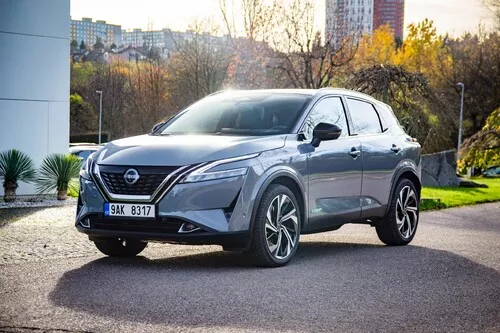
Body type
SUV
Length
4425 mm
Width
1835 mm
Height
1625 mm
Wheelbase
2665 mm
Boot capacity
504 l
Weight
1665 kg
Doors
5
Boot space
504 l
(+12%)
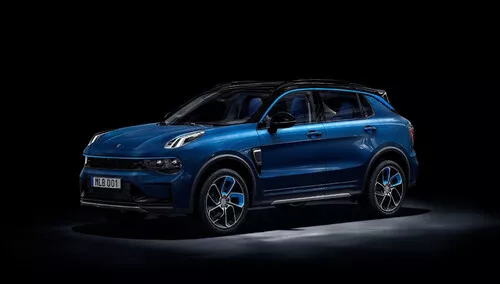
2024
• CX11
Body type
SUV
Length
4545 mm
Width
1860 mm
Height
1694 mm
Wheelbase
2734 mm
Boot capacity
466 l
Weight
1905 kg
Doors
5
Boot space
466 l
(+3%)
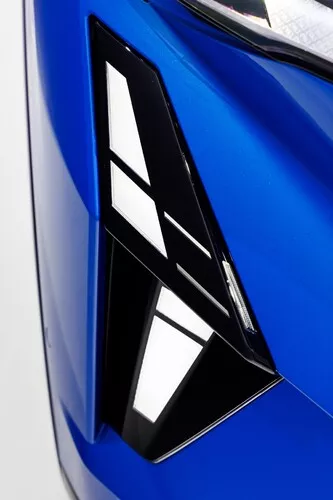
Body type
SUV
Length
4710 mm
Width
1886 mm
Height
1613 mm
Wheelbase
2738 mm
Boot capacity
627 l
Weight
1728 kg
Doors
5
Boot space
627 l
(+39%)
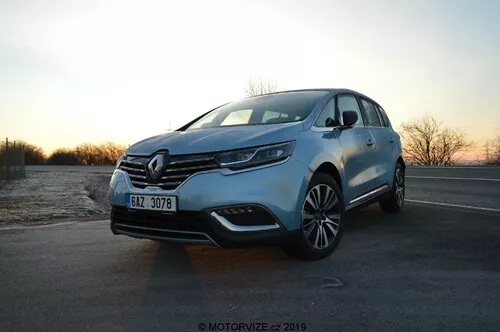
Body type
SUV
Length
4746 mm
Width
1830 mm
Height
1645 mm
Wheelbase
2738 mm
Boot capacity
692 l
Weight
1673 kg
Doors
5
Boot space
692 l
(+53%)
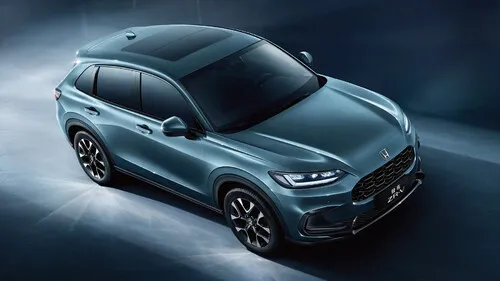
 2023
• RZ
2023
• RZ
Body type
SUV
Length
4568 mm
Width
1840 mm
Height
1613 mm
Wheelbase
2657 mm
Boot capacity
380 l
Weight
1675 kg
Doors
5
Boot space
380 l
(-16%)
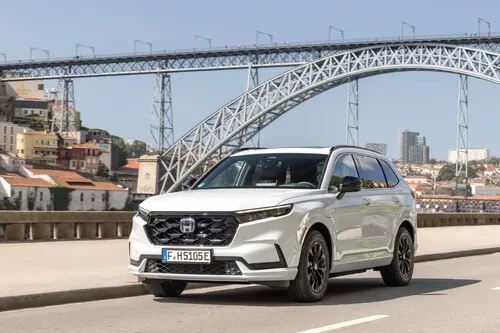
 2023
• RS
2023
• RS
Body type
SUV
Length
4706 mm
Width
1866 mm
Height
1684 mm
Wheelbase
2700 mm
Boot capacity
587 l
Weight
1875 kg
Doors
5
Boot space
587 l
(+30%)

Body type
SUV
Length
4687 mm
Width
1848 mm
Height
1478 mm
Wheelbase
2787 mm
Boot capacity
471 l
Weight
1781 kg
Doors
5
Boot space
471 l
(+4%)
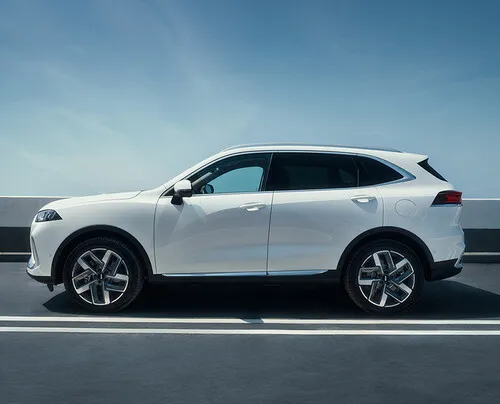
2024
• V71-V61
Body type
SUV
Length
4688 mm
Width
1890 mm
Height
1730 mm
Wheelbase
2745 mm
Boot capacity
517 l
Weight
2295 kg
Doors
5
Boot space
517 l
(+15%)
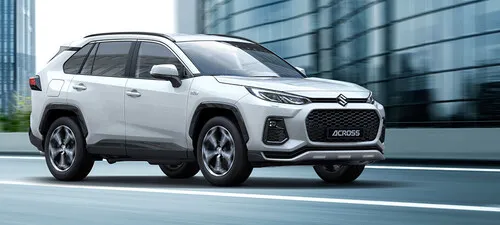
 2020
• XA5P
2020
• XA5P
Body type
SUV
Length
4635 mm
Width
1855 mm
Height
1690 mm
Wheelbase
2690 mm
Boot capacity
490 l
Weight
2015 kg
Doors
5
Boot space
490 l
(+9%)
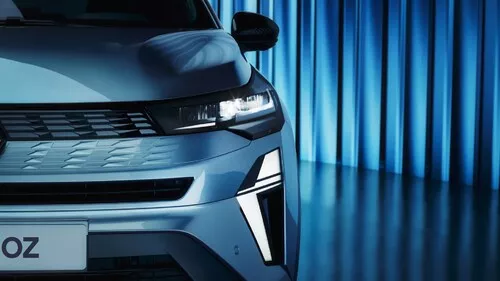
Body type
SUV
Length
4413 mm
Width
1797 mm
Height
1575 mm
Wheelbase
2638 mm
Boot capacity
492 l
Weight
1498 kg
Doors
5
Boot space
492 l
(+9%)
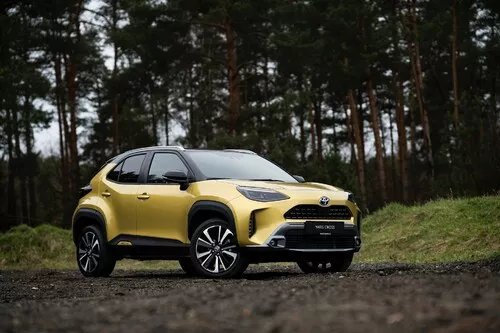
Body type
SUV
Length
4180 mm
Width
1765 mm
Height
1595 mm
Wheelbase
2560 mm
Boot capacity
397 l
Weight
1170 kg
Doors
5
Boot space
397 l
(-12%)
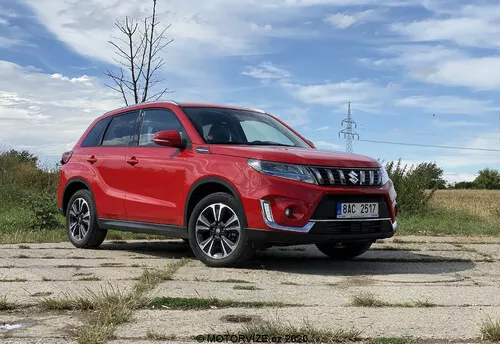
 2024
• LY
2024
• LY
Body type
SUV
Length
4185 mm
Width
1775 mm
Height
1595 mm
Wheelbase
2500 mm
Boot capacity
289 l
Weight
1325 kg
Doors
5
Boot space
289 l
(-36%)

 2025
• RV
2025
• RV
Body type
SUV
Length
4355 mm
Height
1582 mm
Wheelbase
2610 mm
Boot capacity
319 l
Weight
1452 kg
Doors
5
Boot space
319 l
(-29%)
Compare with ...
Find the Perfect Match
Compare your car with other models